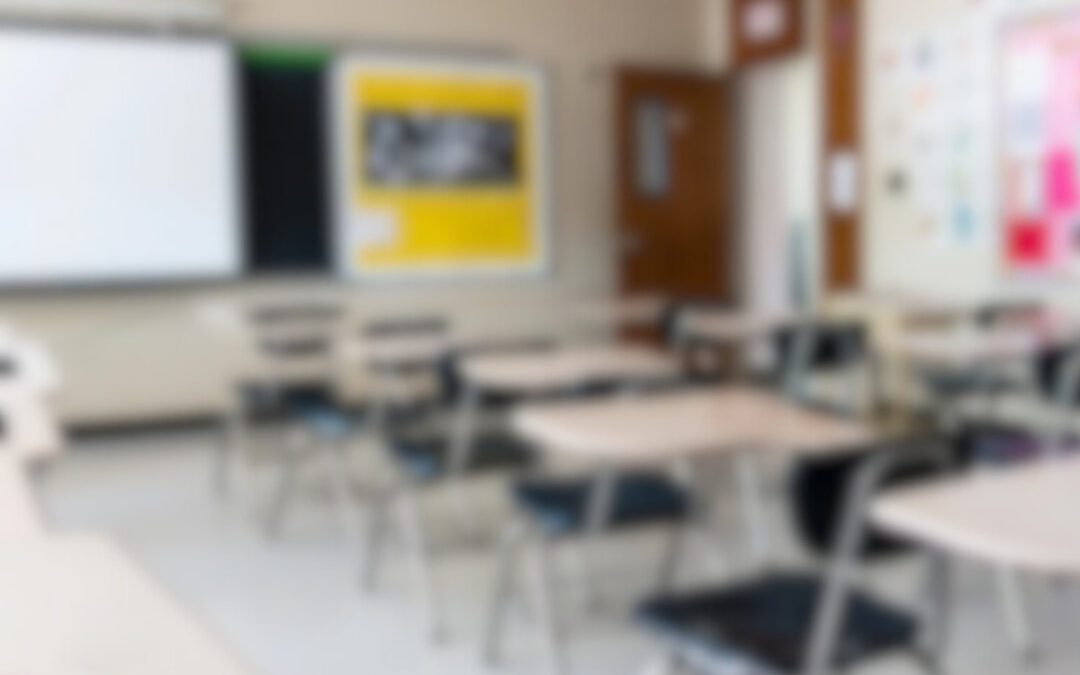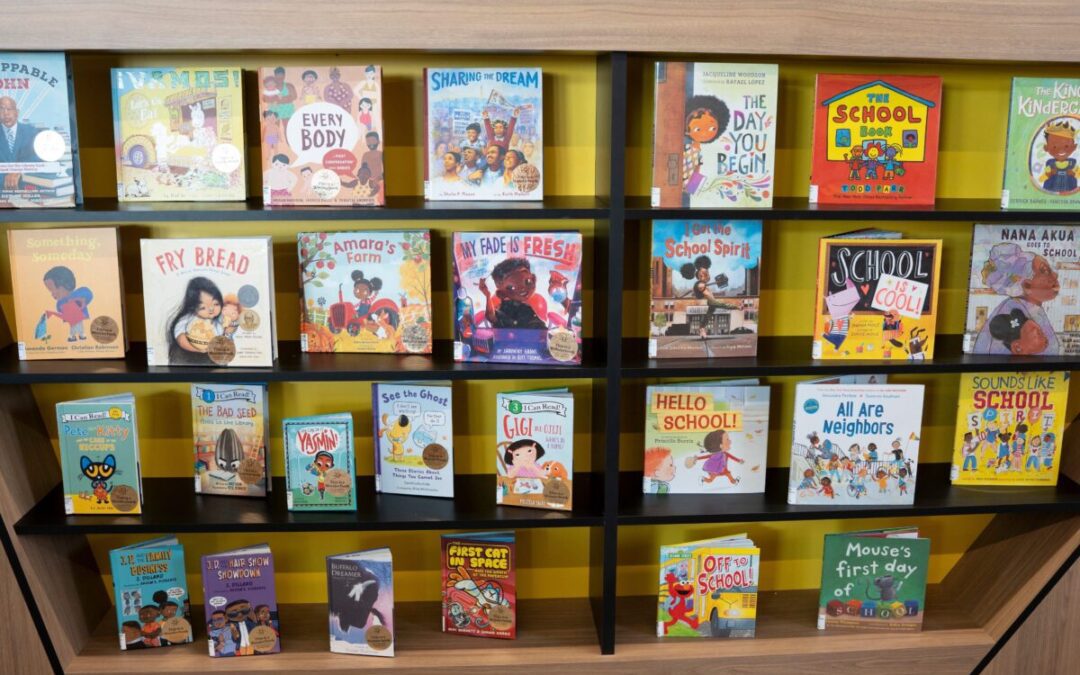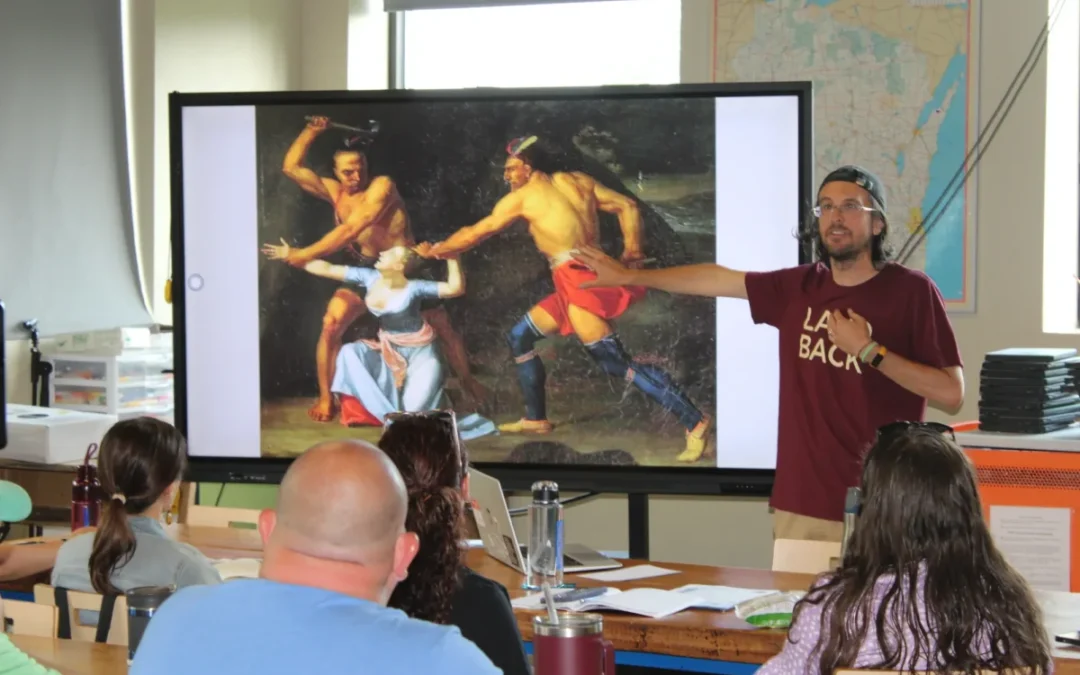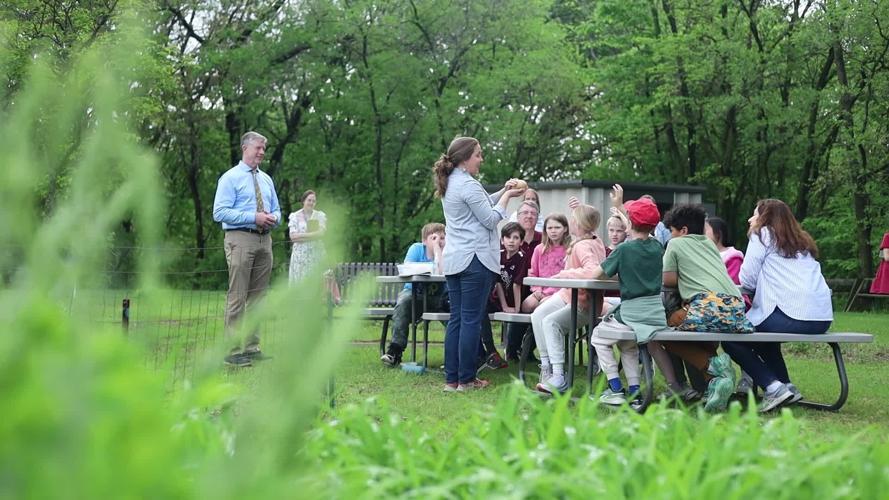
#image_title
District joins a growing number of schools opting against advice of Trump, DeVos to have in-person classes this fall.
Concerned about a growing number of COVID-19 cases that show no sign of letting up, Madison school district officials announced Friday that students and teachers will begin the year learning online.
The virtual learning model will be used at least through the end of the first quarter of the school year, district officials said, in an effort to educate students while protecting them, teachers, and other district staff from the contagious virus that has surged in Wisconsin and much of the nation in recent weeks.
The decision comes one day after the Madison teachers union demanded the school year begin with online-only instruction.
“Today, we have concerns as local cases continue to surge, and guidance from public health on what schools are required to have in place to reopen leaves us with limited options,” said Madison Metropolitan School District’s interim Superintendent Jane Belmore. “After deep consideration of all of these factors, we have determined that it would not be safe for us to reopen school buildings in September, even in a hybrid model.”
Dane County has among the highest COVID-19 infection rates among Wisconsin’s 72 counties, with 623 positive cases per 100,000 people, according to the state Department of Health Services. As of Friday 3,365 county residents have tested positive for the virus and 33 have died.
On Friday the DHS reported 880 new COVID-19 cases in Wisconsin, a continuation of one-day record or near-record highs for the past week. The number of COVID-19 deaths is now at 40,507 and 833 have died.
The Madison district has not yet set a start date, but it will be no later than Sept. 8. The first quarter ends on Oct. 30. The district joins Milwaukee Public Schools among Wisconsin schools offering classes completely online to begin the year.
The move by Wisconsin’s two largest school districts to go to virtual-only learning comes as President Donald Trump and Education Secretary Betsy DeVos are calling for a return to full-time, in-person instruction for all schools.
They have threatened to cut federal funding to schools that don’t comply. In addition, Tom Tiffany, Wisconsin’s newly elected Republican congressman in the 7th District, introduced legislation that would cut off federal funding to schools that don’t reopen by Sept. 8.
On Thursday, White House Press Secretary Kayleigh McEnany reiterated Trump’s position to reopen schools or face the withholding of federal funds, a threat he and DeVos have been touting but is not within the scope of their powers to do.
“President Trump wants schools to open,” McEnany said. “And when he says open, he means open and full, kids being able to attend each and every day.”
She added “the science should not stand in the way of this … the science is on our side here.”
Local health officials, however, are increasingly disagreeing with the science Trump is citing, instead saying the surge in COVID-19 cases is making it too risky for teachers and students to return to the classroom.
In contrast to Trump, Democrat Joe Biden’s presidential campaign on Friday released a five-part plan for reopening schools that includes $34 billion in federal funding and links a decrease in COVID cases to schools reopening.
Leaders of two of Wisconsin’s public school advocacy groups, the Wisconsin Education Association Council and Wisconsin Public Education Network, said the threats by Trump and DeVos are reckless and would endanger the safety of students and educators.
Multiple plans
Plans for reopening schools are taking a number of forms across the state.
Many, such as the Eau Claire school district, include hybrid options in which students are in school part-time and learn from home on other days, an effort to have fewer students at school at any given time to prevent disease spread. The Eau Claire school board is expected to vote on that plan on Monday.
School officials in Racine and Kenosha have presented plans for in-person, online, and hybrid learning, but the school boards have not yet approved the proposals. The Green Bay school district is also planning for all three options, and Superintendent Stephen Murley promised in a note to parents “a robust online learning environment.”
Parents in Janesville, Burlington, and Algoma will have the option to keep their kids home, but the default mode of learning will be in-person.
Janesville’s plan appears to be the most flexible, with in-person, all-virtual, and hybrid options. High schoolers, for example, have a three-week window at the beginning of each semester to choose which option they will go with, according to WMTV.
The Burlington Area School District will be doing in-person learning, but parents can send children to an online charter school instead, the Racine Journal Times reports.
Educators and parents in much of Wisconsin have expressed concerns about the safety of face-to-face instruction, saying doing so while the virus continues to spread seems particularly dangerous. Currently 59 of Wisconsin’s 72 counties are deemed by DHS as having high activity of the virus.
School officials in many parts of rural Wisconsin said lack of broadband access hindered their online education plans last spring. On Friday U.S. Rep. Ron Kind, D-La Crosse, said that issue must be addressed if students are to be able to take part in online instruction.
“If anything has come to light in an ugly way (during the COVID-19-related shutdown), it has been the divide regarding broadband,” Kind said, referencing the fact many students can’t access online learning lessons because of lack of high-speed internet access.
No matter what learning plans school districts choose, it is imperative that they have the freedom to make the choices that best fit their needs, said Ron Martin, president of the Wisconsin Education Association Council.
“The situation with COVID-19 keeps changing, so it is key that districts have the flexibility they need,” Martin said.

Trump’s spending cuts hit program for deaf-blind kids in Wisconsin
A program around since the 1960s helps deaf-blind children in Wisconsin so they can go to school and communicate with others, but President Trump’s...

It’s Banned Books Week. Here are some books that faced challenges in Wisconsin last year
Milwaukee librarians are encouraging residents to pick up a banned book this week. Oct. 5 to 11 marks Banned Book Week, where libraries, schools and...

A program helps teachers tell Milwaukee’s untold stories. The Trump administration says it will no longer fund it.
A program at Marquette University that trains Milwaukee-area teachers to incorporate the city’s untold stories – particularly those of communities...

Make America Green Again: Wisconsin schools are stepping up after Trump ends ‘Green Ribbon’ program
THIS IS A REAL POST THE WHITE HOUSE ACTUALLY PUBLISHED: “We Finally Have a President Who Follows Science.” Click here to read. The Trump...




